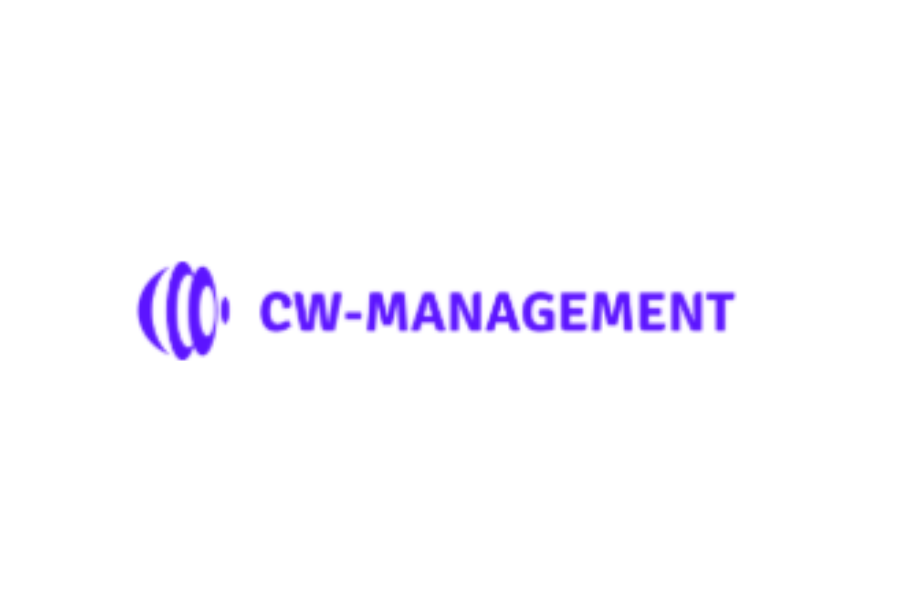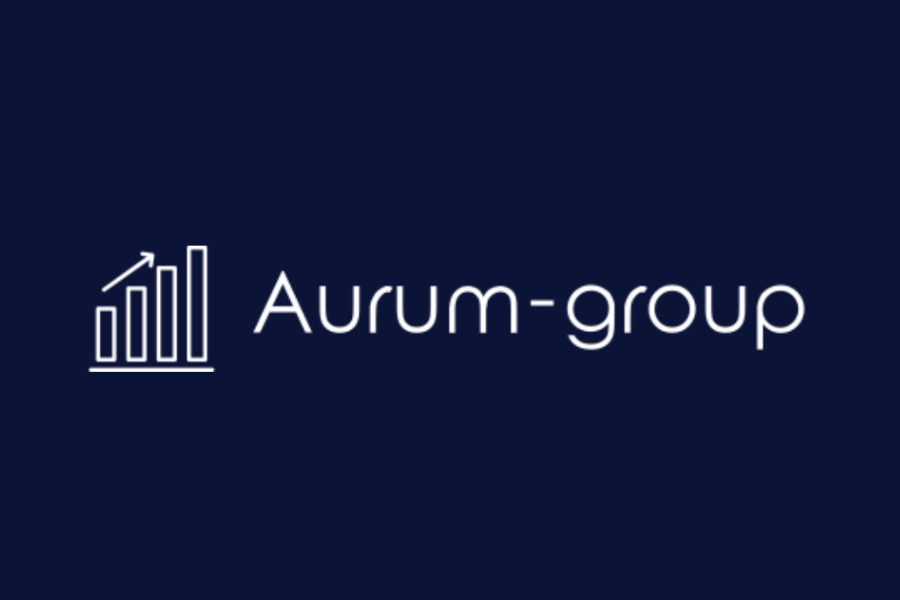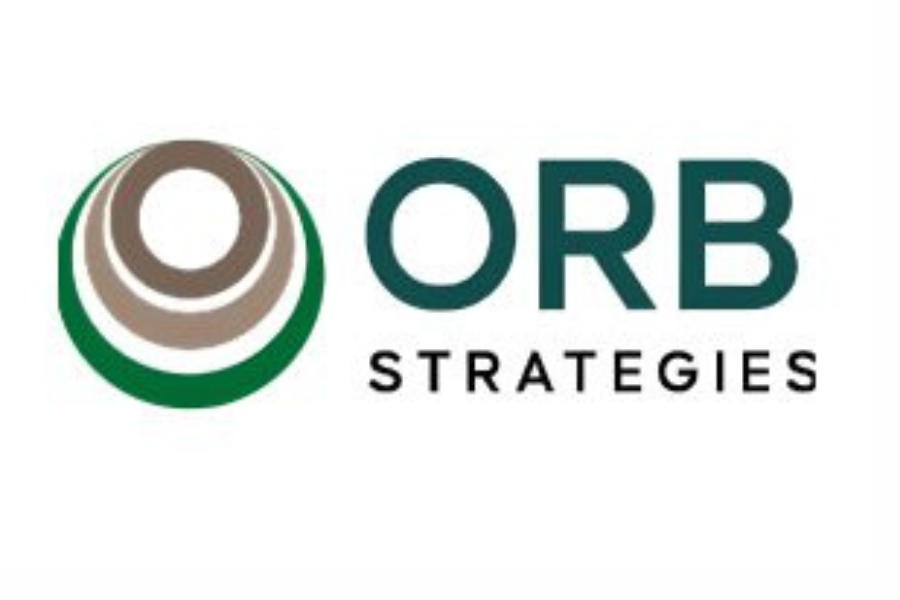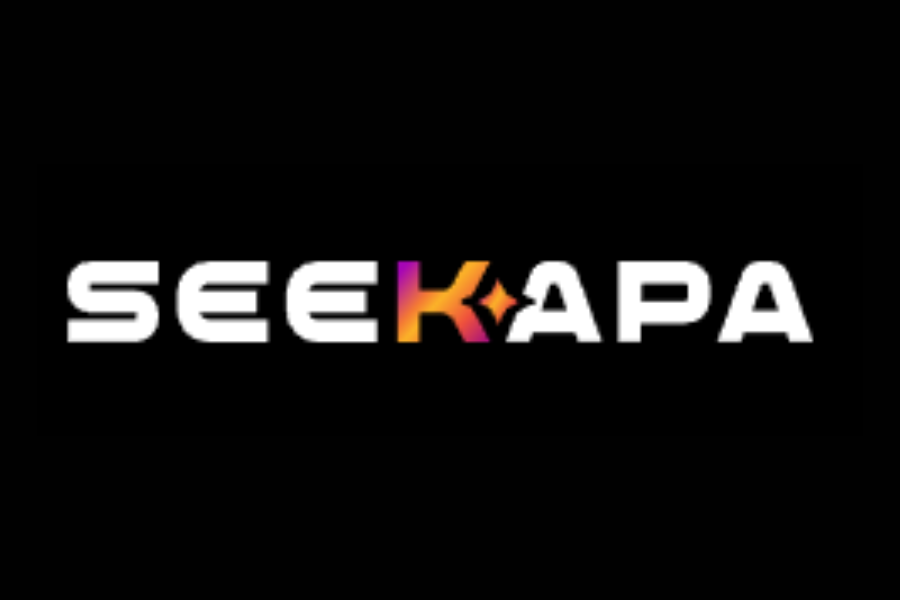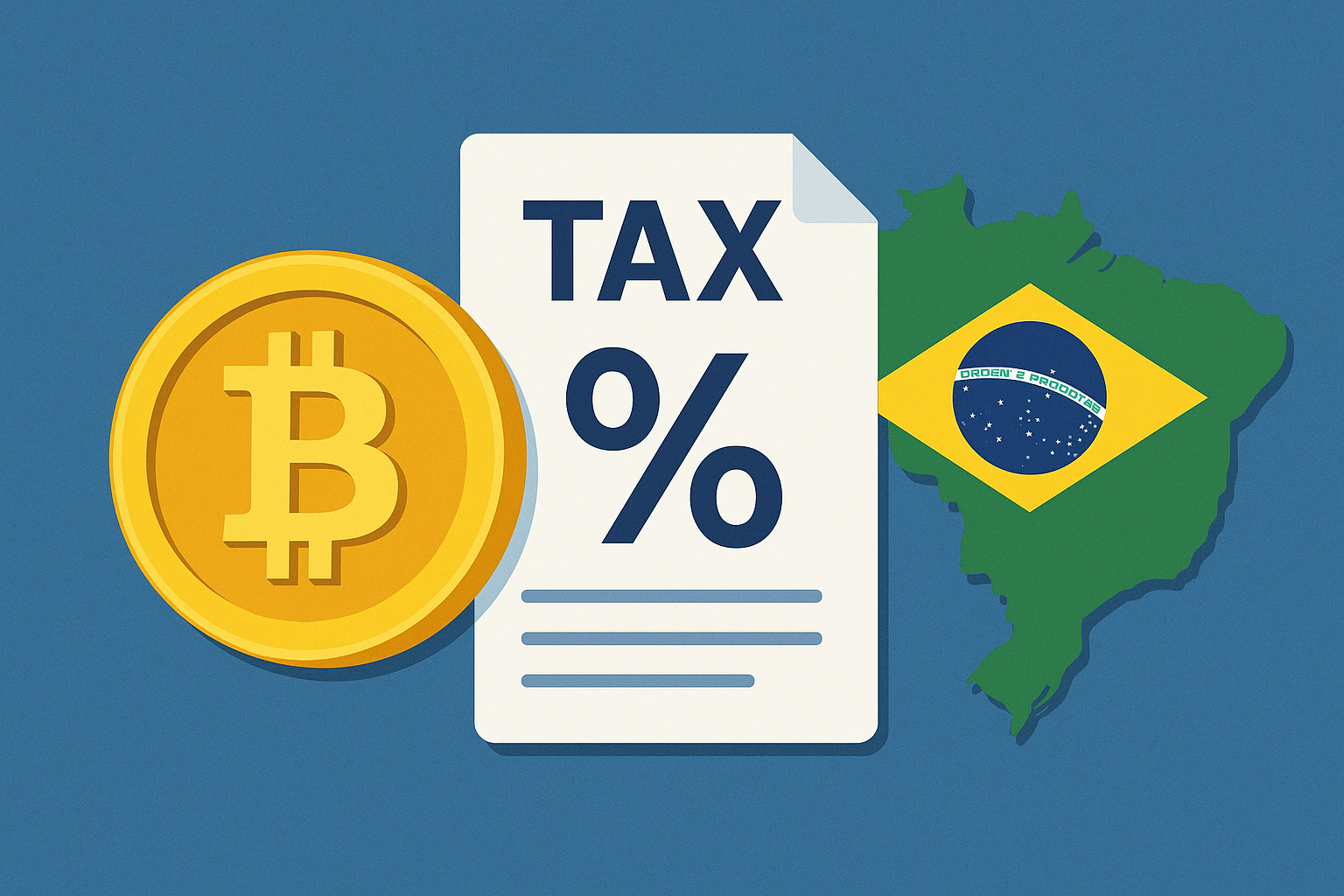Cryptocurrency News
Can Starknet Survive? Vitalik Buterin Transfers 6.3 Million STRK Tokens Amid Institutional Selling
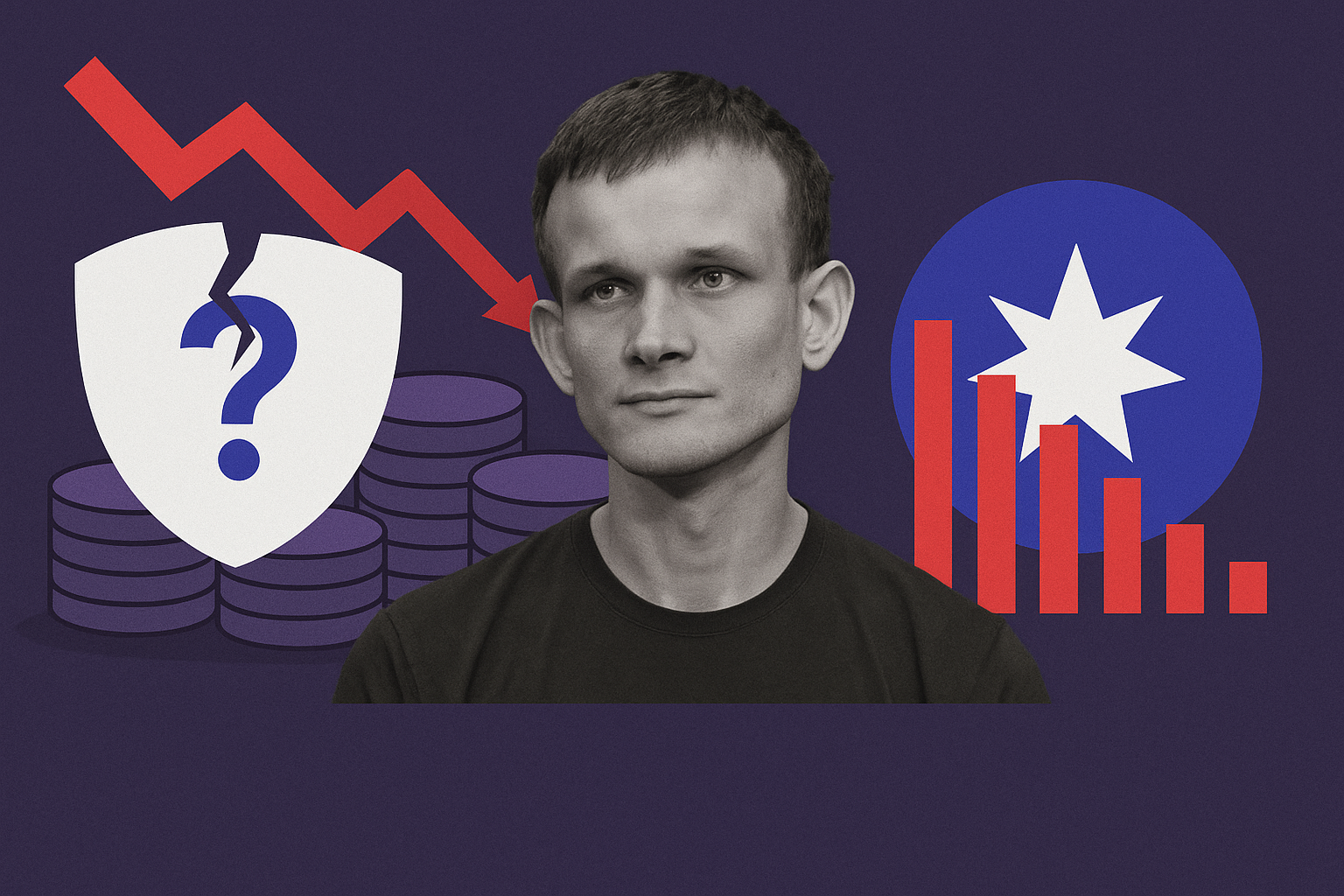
Introduction
In a significant development shaking the cryptocurrency world, Ethereum co-founder Vitalik Buterin recently transferred 6.3 million STRK tokens, valued at approximately $1.09 million, to the Methuselah Foundation. The Methuselah Foundation is a nonprofit organization devoted to combating aging and extending human lifespan through scientific research. While the philanthropic aspect of this transfer is evident, the move has triggered widespread discussion and speculation regarding the implications for Starknet, the Layer-2 Ethereum scaling solution that uses zk-rollup technology.
STRK, the native token of Starknet, is not just a governance token; it is also integral to the network’s staking and transaction fee system. Buterin’s transfer, combined with ongoing institutional selling pressures and volatile market conditions, has prompted investors, analysts, and blockchain enthusiasts to question the network’s long-term viability. This article explores the context of the transfer, the market reaction, and what the future may hold for Starknet.
Background On Starknet And The STRK Token
Starknet is a Layer-2 solution for Ethereum that leverages zk-rollups, a type of zero-knowledge proof technology, to significantly increase transaction throughput while reducing fees. The Layer-2 ecosystem has grown increasingly important as Ethereum continues to face challenges with network congestion and high gas fees. Starknet enables developers to deploy scalable decentralized applications (dApps) while maintaining the security of the Ethereum mainnet.
The STRK token serves multiple functions within the Starknet ecosystem. It acts as a governance token, allowing holders to vote on protocol upgrades, fee structures, and network parameters. It also has utility in staking mechanisms that secure the network and incentivize participants. Over the past year, STRK has experienced notable price fluctuations due to speculative trading, network developments, and broader cryptocurrency market conditions.
Starknet’s promise lies in its ability to support scalable applications, but like all crypto projects, it is not immune to market sentiment. Large token movements, particularly by influential figures like Vitalik Buterin, can create ripple effects in the market.
Vitalik Buterin’s Involvement With Starknet
Vitalik Buterin’s connection to Starknet extends back to 2018 when he participated in StarkWare’s seed funding round. As part of the project’s token allocation plan, Buterin received a significant number of STRK tokens, which were subjected to a one-year lock-up period. These tokens remained inaccessible until the lock-up concluded recently, enabling Buterin to transfer a total of 6.3 million STRK tokens.
Buterin has historically been seen as both a technical advisor and a symbolic supporter of Ethereum Layer-2 solutions, including Starknet. While his direct involvement in day-to-day governance of Starknet is limited, his actions often influence investor sentiment due to his credibility and reputation in the crypto community.
The Transfer To Methuselah Foundation
On October 10, 2025, Vitalik Buterin moved the unlocked STRK tokens to an address associated with the Methuselah Foundation. Shortly after, the foundation sold a portion of the tokens, converting approximately 607,318 STRK into 24.15 ETH, equivalent to roughly $104,600 at current market rates. This initial sale represents around 9.7% of the total transferred amount, signaling a cautious and measured liquidation strategy rather than a full-scale dump.
The philanthropic aspect of this move cannot be understated. The Methuselah Foundation has used these funds to advance research in biotechnology, regenerative medicine, and anti-aging studies. However, the timing of the transfer and the token sale coincided with a broader market downturn, amplifying concerns about STRK’s price and the potential effects of institutional selling on the network.
Market Reaction And Institutional Selling
Following the transfer and partial sale, STRK experienced a sharp decline of nearly 10% in price. Analysts attribute this drop to a combination of market sentiment, liquidity pressures, and the perception that a high-profile token holder may be offloading significant positions.
Institutional selling has become a central concern for cryptocurrency markets, particularly for tokens with smaller circulating supplies. Large-scale liquidation by institutional players can trigger automated sell-offs, reduce liquidity, and lead to extreme short-term volatility. In STRK’s case, Buterin’s transfer to a philanthropic entity has been interpreted in multiple ways. While some market participants view it as purely philanthropic, others speculate that it could signal a bearish outlook, potentially prompting further selling by other investors.
Additionally, the broader crypto market environment has exacerbated the impact of this transfer. Global economic uncertainties, regulatory concerns, and previous liquidation waves have made investors wary of large token movements. In this climate, even a transfer motivated by philanthropy can have unintended consequences on market psychology and token valuation.
Implications For Starknet
Despite short-term volatility, Starknet continues to demonstrate growth and development within the Layer-2 ecosystem. Key upcoming features, such as the Kakarot zkEVM, are expected to improve Ethereum Virtual Machine (EVM) compatibility on Starknet. This feature is critical for attracting more developers and deploying existing Ethereum dApps seamlessly on Starknet.
Additionally, Starknet’s staking and governance mechanisms are undergoing enhancements to improve user engagement and network security. These developments could strengthen the network’s resilience to large token movements and market shocks.
However, the network’s success will depend on several factors. Attracting and retaining institutional support is essential, particularly for Layer-2 solutions that aim to handle high transaction volumes for both retail and enterprise applications. Navigating evolving regulatory landscapes will also be critical, especially as governments continue to scrutinize token holdings, transfers, and sales by prominent individuals.
Finally, Starknet must maintain a competitive edge in the rapidly evolving Layer-2 space. Competing solutions, such as Optimism, Arbitrum, and others, are aggressively developing features and building communities. Starknet’s ability to deliver scalability, security, and a robust ecosystem will ultimately determine its long-term success.
Community Response And Sentiment
The cryptocurrency community’s reaction to Buterin’s transfer has been mixed. On social media and discussion forums, some users applaud the philanthropic nature of the transfer, emphasizing that supporting scientific research is a positive use of crypto wealth.
Others, however, express concern about the potential negative impact on STRK’s price, particularly given the partial liquidation conducted by the Methuselah Foundation. For traders and short-term investors, the transfer has introduced uncertainty, highlighting the risks associated with concentrated token holdings.
Interestingly, some analysts suggest that this event could also serve as a stress test for Starknet. The network’s ability to maintain stability and continue operations despite large token movements could demonstrate resilience, ultimately boosting confidence among developers and investors.
Conclusion
Vitalik Buterin’s transfer of 6.3 million STRK tokens to the Methuselah Foundation represents a complex intersection of philanthropy, market dynamics, and Layer-2 development. While the move has contributed to short-term price volatility and raised concerns about institutional selling, it also highlights the ongoing evolution of the Starknet ecosystem.
The long-term prospects for Starknet remain promising, contingent on network development, regulatory navigation, and continued adoption by both retail and institutional users. Upcoming upgrades, enhanced staking mechanisms, and the launch of features like the Kakarot zkEVM could further solidify Starknet’s position as a leading Ethereum Layer-2 solution.


